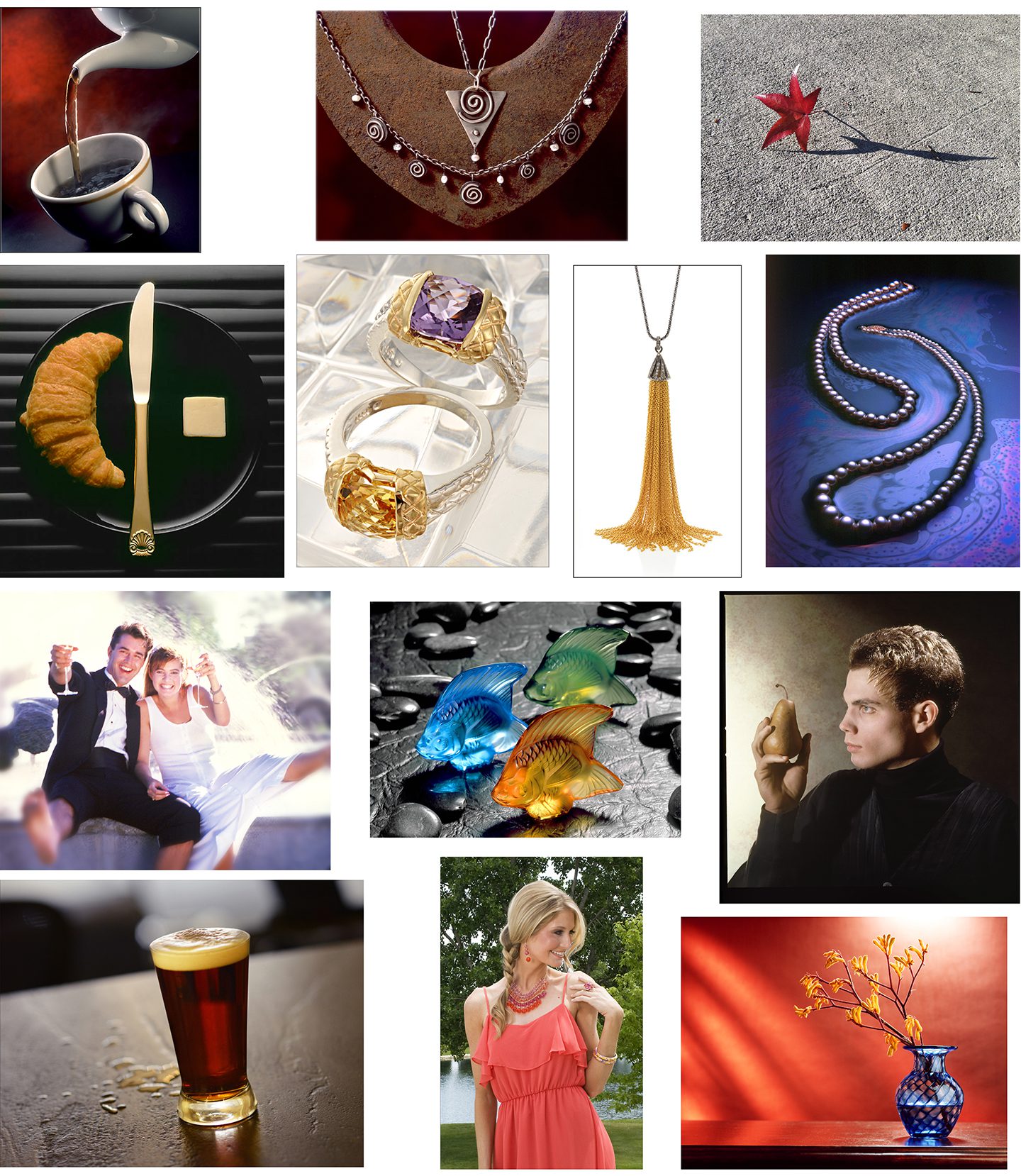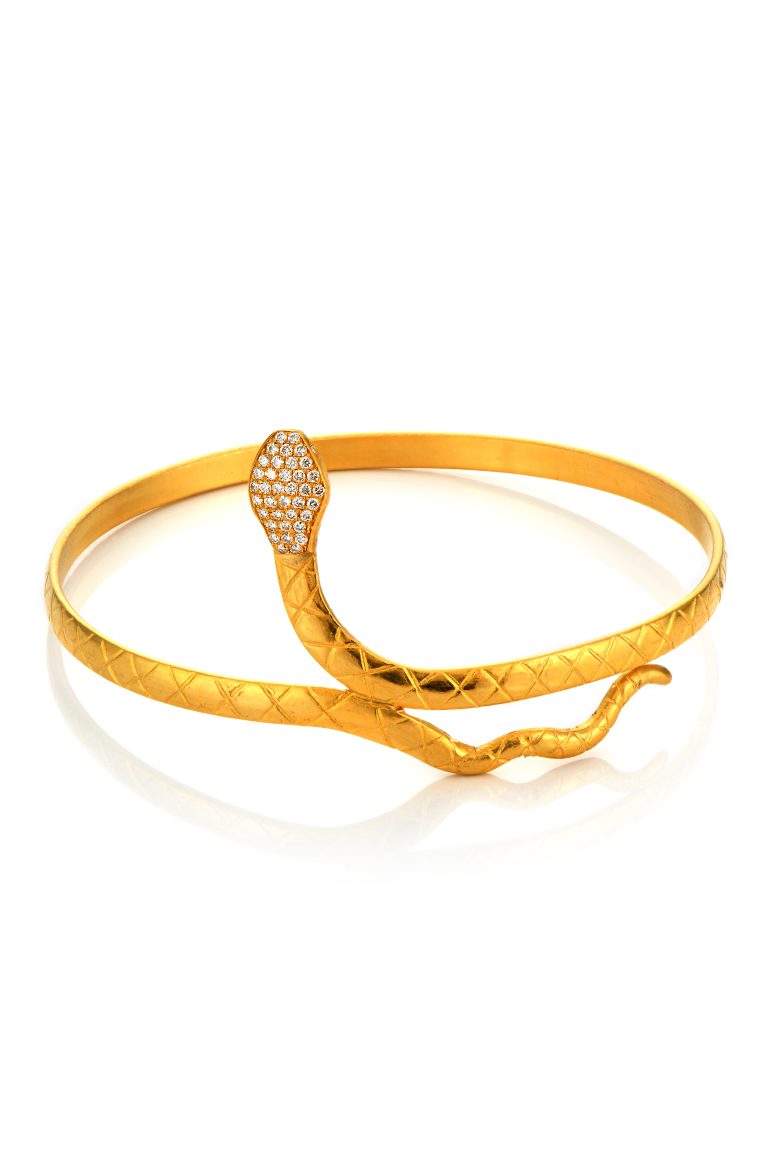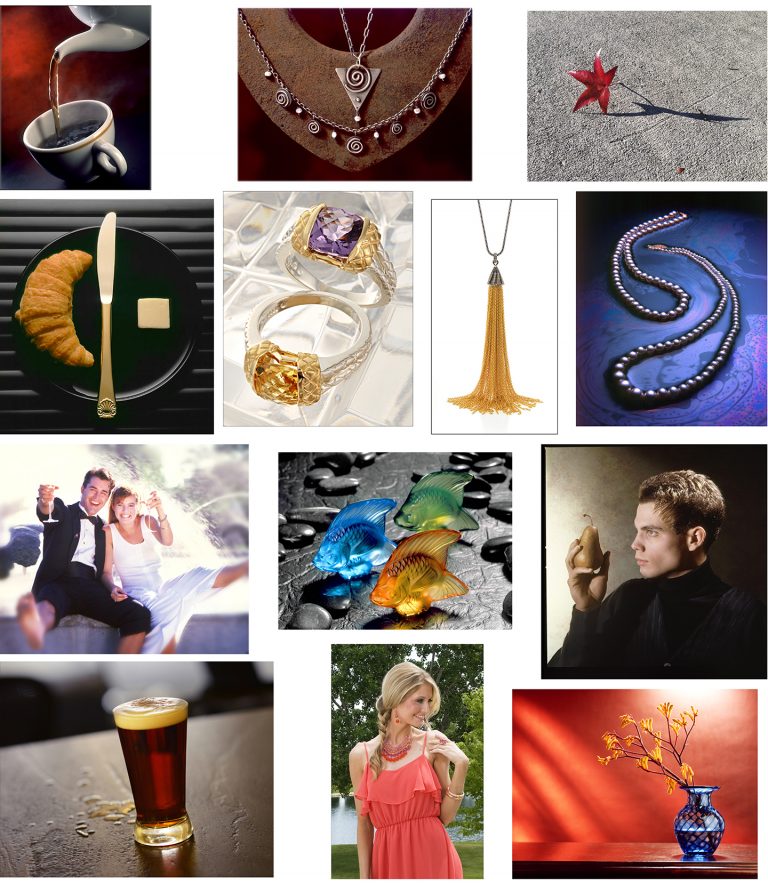Backgrounds serve as the canvas for photographic images. It’s critical to know how to work with backgrounds because they may make or break an image.
When it comes to backgrounds, both for studio and on-location shooting, there are a plethora of options. This post reviews many sorts of backgrounds and how they affect your photos.
Commonly Used Backgrounds
A popular background for e-commerce photos these days is the fully white, knock-out background. It is created with image editing software by selecting the subject area and separating it from the remaining image area. This type of photo has its place but there are many, many other options.
Other Background Colors and Options
Backgrounds add context and create an environment for your subject. Out in nature the photographer has little control of the surroundings but in the studio backgrounds can be used to add drama, excitement or to simply draw the eye to the subject.
Using the Right Background
Consider using a myriad of colored paper backgrounds available in rolls. Or maybe a painted canvas will work to give your image a more interesting environment. These come in many abstract styles and painted scenes such as mountains or libraries that are available to rent. For smaller subjects, such as jewelry, almost anything can work to create an interesting background. I’ve used stones, glass containers, bubble wrap, wallpaper, tabletops, and even old curtains. It doesn’t matter what the material is as long as it compliments the subject.
Using Light Modifiers
All of the above background suggestions can be modified with good lighting. Even a plain white backdrop can be given a dramatic look by using light modifiers. By blocking off the background from the light source an effect called “fall-off” can be achieved. This is commonly used in product shots to add a bit of drama. Directional light can achieve interesting shadows either on the subject or the background. Tools with interesting names such as gels, grids, snoots, scrims and gobos can change the light to streaks, mottled leaves and other shapes to add dimension to the scene.
How to Tell a Story
The options are almost endless, but what it comes down to is considering what background will improve the story you want to tell about your subject. With expert planning and a skilled photographer your vision can come to life.
For help capturing beautiful images that tell your story contact Steve Wagner at Wagner Photo-Grafx. info@wagnerphotografx.com • (847) 275-3936








